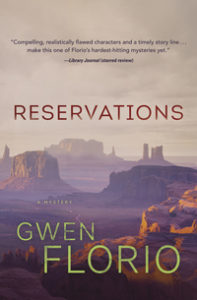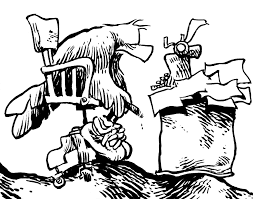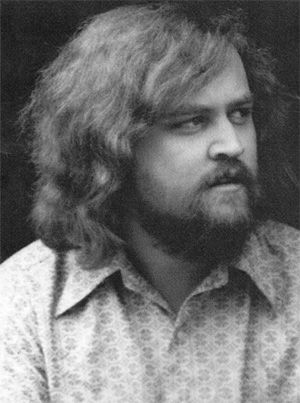I’ve just started a new novel and this time, this time, FOR REAL, I’m going to use an outline.
Oh, ha ha ha. I crack myself up.
But at least I’ve taken baby steps toward one, by writing a synopsis. The first draft of my most recent novel (and, let’s face it, every one before it) was an unholy mess, involving characters and scenes that ended up on the cutting room floor, which meant I wasted tons of time on stuff that never made it into the final version. It was the first time I had to push a deadline, although luckily the pandemic pushed it for me, with a much-delayed publishing date.
Still, lesson learned. I vowed never to put myself through that again.
But an outline! Sitting down to write every day knowing what was going to happen? On one level, it sounds lovely. On another, I’d really miss the surprise of the just-right plot twist that occurs out of nowhere when I’m stuck.
Hence, the synopsis, something that leaves plenty of room for improvisation, but provides enough guidance to keep me from straying too far into the weeds.
A few weeks ago, I signed up for a virtual and extremely helpful Rocky Mountain Fiction Writers program by Sharon Mignerey on “Writing the Dreaded Synopsis.” Armed with newfound knowledge, I filled out a handy chart with characters, plot twists and subplots.
Turned out pretty well, if I say so myself. But something was missing.
Oh. That.
With every book, my wonderful and supremely patient agent, Richard Curtis, has given me the gentlest of nudges. “What about the love story?”
By which I think he means sex, but whatever.
Once again, when figuring out what the hell was going to happen next, I’d forgotten to add something besides ambition and fear to set my protagonist’s heart pounding.
So, in the final blank space under subplots, I wrote:
Some sort of love thing,
I wonder what it will be?





 All the deets are on the
All the deets are on the  Finally, a lone straggler wandered up to my spot on the table, picked up my fourth book, Reservations, started to read, and immediately laughed.
Finally, a lone straggler wandered up to my spot on the table, picked up my fourth book, Reservations, started to read, and immediately laughed.


 His answer: Here’s the deal on Gary: he was a) a writing machine and b) incredibly generous of his time to me. He edited and re-edited and thought and re-thought Antler Dust many, many times. He would “live” with my novels for months and months and help me shape them. He’d send me emails late at night; he would call me. No writing pal was more generous or giving. He did the same for three other books that are still on my shelf – so much better for the role he played. He planted the seed for the idea for Trapline, too, by the way. I wish to hell he was here to help me with it now. I posted some sample emails
His answer: Here’s the deal on Gary: he was a) a writing machine and b) incredibly generous of his time to me. He edited and re-edited and thought and re-thought Antler Dust many, many times. He would “live” with my novels for months and months and help me shape them. He’d send me emails late at night; he would call me. No writing pal was more generous or giving. He did the same for three other books that are still on my shelf – so much better for the role he played. He planted the seed for the idea for Trapline, too, by the way. I wish to hell he was here to help me with it now. I posted some sample emails  One of my favorites was a slush pile panel featuring literary agents
One of my favorites was a slush pile panel featuring literary agents 
 For the next three days, the hundreds of attendees can immerse themselves in topics such as “Arrows, Swords and Pointy Sticks: The Realities of Medieval Warfare,” “Poisons!” and “The Joy of Writing Great Sex.” OK, those are the attention-grabbing ones. And that last topic is as important as it is salacious, because you do not ever, ever want to win
For the next three days, the hundreds of attendees can immerse themselves in topics such as “Arrows, Swords and Pointy Sticks: The Realities of Medieval Warfare,” “Poisons!” and “The Joy of Writing Great Sex.” OK, those are the attention-grabbing ones. And that last topic is as important as it is salacious, because you do not ever, ever want to win